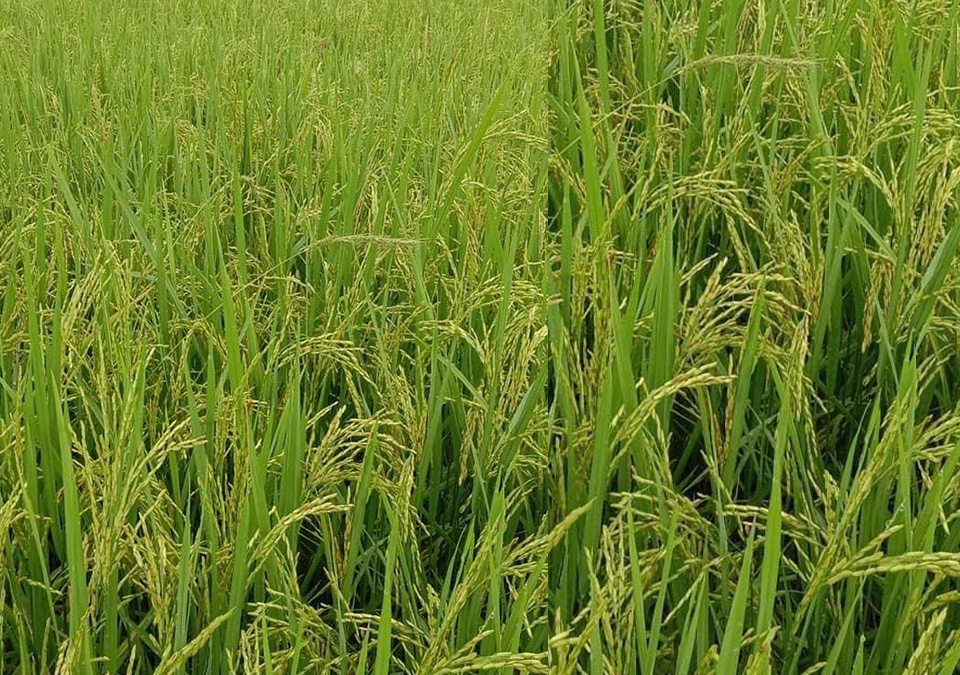The characteristics and benefits of Perlite
Benefits of Perlite
Perlite is mixed into the soil. because perlite has properties that are a good absorbent and high self-porosity Making the soil condition loam and perlite can also help maintain balance. between the amount of water and air in the soil as well
The porosity of perlite is 5 times that of clay soil, so there is enough oxygen in the soil. to the needs of plants
- It can retain moisture 45 times better than sandy soil, which will help prevent the soil from drying out too much.
- to maintain the balance between the amount of water and air in the soil and make the soil maintain Not too humid or too dry. make the soil loose does not clump together
- insulating properties Will help maintain the temperature of the soil does not change much and helps plant roots in the absorption of nutrients.
- because it is neutral It is resistant to chemical reactions. can mix perlite with all kinds of chemical fertilizers
- Perlite is classified as an inorganic substance. when mixed into the soil It is durable and not damaged by microorganisms.
What is Perlite?
Perlite is a naturally occurring volcanic rock. Formed from lava that cools quickly (Volcanic glass) and turns into obsidian rock (Obsidian), which when water interacts with obsidian for a long time. will produce perlite naturally Perlite is black or gray in color and has irregular shapes.
What are the components of Perlite?
Perlite is a volcanic rock. Relatively heavy and dense. In perlite, there are many mineral components such as
- Silicon Dioxide or Silica 70 – 75 percent
- Aluminum Oxide
Sodium Oxide - Potassium Oxide
- Iron oxide
- Magnesium Oxide
- Calcium Oxide
- 3-5 percent water
Perlite is a mineral that is not renewable energy. often found in mines It is mostly found in Greece, the USA, Turkey, and Japan. Because perlite is a cheap mineral, it is often used in industries such as plaster, masonry, and ceilings. or tile making In addition, the properties of perlite are also suitable for use in growing plants as well. But before being used as a plant material. Perlite must be processed to be light and white in order to be used in growing crops.
- Use soil mixed with equal parts perlite or peat moss. will make the soil clear Well drained and ventilated soil.
- Perlite can be used to sprinkle over the soil. Helps in the drainage of water
- If you want to graft the plant or let the root plant walk. Usually, we can soak in water. But if using perlite to root cuttings and put them in an airy bag, it will make the roots grow faster.

